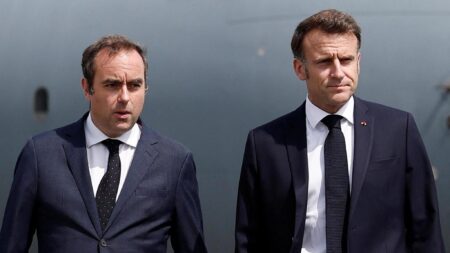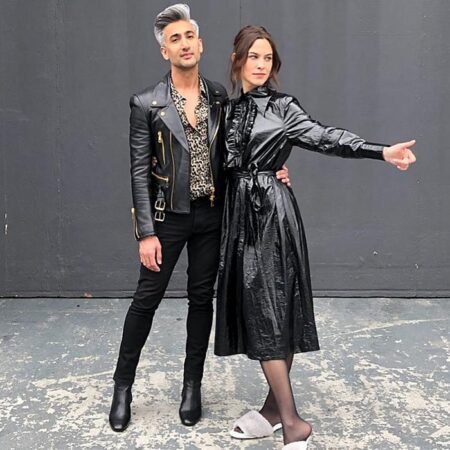The French Open, one of tennisŌĆÖs four prestigious Grand Slam tournaments, stands as a cornerstone of the sportŌĆÖs rich history and tradition. Since its inception in 1891, this iconic clay-court event held annually at Roland Garros in Paris has crowned some of the greatest champions in the game. From historic victories to record-breaking performances, the French Open continues to captivate fans worldwide with its distinctive challenges and dramatic play. In this article, we delve into the tournamentŌĆÖs evolution, celebrate its most memorable winners, and explore intriguing facts that highlight its significance in the tennis calendar.
French Open Origins and Evolution
The tournament that eventually became the French Open was first established in 1891 as the “Championnat de France,” a modest competition limited to members of French tennis clubs. It set itself apart from other championships by being held on distinctive red clay courts, which demanded tailored strategies and stamina from participants. The event opened its doors to international players only in 1925, reflecting both a growing global interest in tennis and France’s ambition to position the tournament alongside Wimbledon and the US Open as a major Grand Slam event.
Over the decades, the French Open has undergone significant transformations, catalyzing changes in equipment, player techniques, and tournament structure. Innovations such as the introduction of the tiebreak in 1973 and the installation of a retractable roof over the Philippe-Chatrier Court showcase the organizersŌĆÖ commitment to maintaining the eventŌĆÖs high competitive standards and spectator appeal. Below is a brief timeline highlighting key moments in the evolution of this iconic tennis championship:
| Year | Milestone |
|---|---|
| 1891 | Initial Championship held for French club members only |
| 1925 | First Open to international competitors |
| 1973 | Introduction of the tiebreak system |
| 1988 | Inclusion as part of the professional Grand Slam circuit |
| 2020 | Rolex retractable roof installed on central court |
Legendary Champions Who Shaped the Tournament
The French Open has witnessed a pantheon of legendary champions who have not only lifted the Coupe des Mousquetaires and the Coupe Suzanne Lenglen but also redefined the art of clay-court tennis. Icons like Bj├Črn Borg, with his relentless baseline play and unflappable calm, dominated the late 1970s, capturing six titles and inspiring a generation. More recently, the unparalleled mastery of Rafael Nadal has turned Roland Garros into his personal kingdom, amassing an extraordinary 14 titles and setting new standards for excellence on the red clay. These champions, through their grit and groundbreaking techniques, have left an indelible mark on the tournament, elevating its prestige beyond the sport.
Alongside these giants, other remarkable figures have shaped the French Open’s rich tapestry. Legends such as Chris Evert, known for her consistency and tactical brilliance, clinched seven titles, while Serena Williams etched her legacy with powerful serves and fierce competitiveness. Their achievements transcend mere victory; they represent the evolution of tennis strategies and athleticism. Below is a snapshot of some of the most decorated French Open champions who have shaped the tournamentŌĆÖs history:
| Player | Titles Won | Era | Notable Traits |
|---|---|---|---|
| Rafael Nadal | 14 | 2005ŌĆōPresent | Clay-court dominance, relentless spin |
| Bj├Črn Borg | 6 | 1974ŌĆō81 | Baseline consistency, mental toughness |
| Chris Evert | 7 | 1974ŌĆō86 | Precision, tactical brilliance |
| Serena Williams | 3 | 2002ŌĆō16 | Power, resilience |
- Innovation: These champions introduced new styles and strategies, making the French Open a stage of constant evolution.
- Legacy: Beyond titles, their influence extends to inspiring future generations and shaping the culture of tennis.
- Resilience: Enduring the physically demanding clay courts, their feats are a testament to unparalleled endurance and mental fortitude.
Iconic Matches That Defined the Clay Court Battle
Over the decades, the clay courts of Roland Garros have been the stage for some of the most epic rivalries in tennis history. Perhaps none are more storied than the fierce battles between Rafael Nadal and Novak Djokovic, whose encounters have often been described as masterclasses in endurance and strategic play. NadalŌĆÖs unmatched clay court prowess, combined with DjokovicŌĆÖs relentless defense, have produced matches that test the limits of grit and skill, captivating audiences worldwide. Their duel in the 2012 final is often cited as the greatest clay court match, lasting nearly six hours and epitomizing the raw physical and mental challenge the French Open presents.
Another defining moment came in 1985 when Yannick NoahŌĆÖs victory under the Parisian skies ended a 37-year drought for French champions, forever cementing his status as a national hero. Meanwhile, the historic 2004 final between Gustavo Kuerten and Guillermo Coria spotlighted the intense tactical shifts unique to clay, with KuertenŌĆÖs artistry on the surface inspiring generations. These clashes not only highlight the stamina and precision demanded by the red dirt but also underscore the French OpenŌĆÖs role as a proving ground where legends are forged.
- 2012 Nadal vs Djokovic Final: Nearly 6-hour marathon, NadalŌĆÖs 7th title
- 1985 Yannick Noah Victory: First French winner since 1946
- 2004 Kuerten vs Coria: Tactical brilliance on clay
Expert Insights on Training for Success at Roland Garros
Success on the famed red clay courts of Roland Garros demands a finely honed blend of physical endurance, tactical acumen, and mental resilience. Experts emphasize that players must adapt their training to the unique demands of clay, which slows down play and increases the importance of long rallies. Physical conditioning focuses heavily on stamina and agility, as sliding efficiently around the court is essential to maintaining balance and positioning during extended points. Additionally, strength training hones leg power for explosive movement, enhancing the ability to recover quickly and sustain peak performance.
Equally important is strategic preparation, where players work closely with coaches to develop versatile shot selections and patient point construction. Key training elements include:
- Improved topspin generation to maximize ball bounce and control on clay
- Point patience to wear down opponents through tactical rallies
- Mental fortitude exercises to stay focused through momentum shifts
- Practice matches on clay to simulate tournament intensity and conditions
| Training Focus | Key Benefit |
|---|---|
| Endurance Drills | Support long rallies without fatigue |
| Sliding Techniques | Enhance court coverage and recovery |
| Shot Variation | Disrupt opponent rhythm and control points |
| Mental Conditioning | Maintain focus and strategic clarity |
Wrapping Up
As the French Open continues to captivate tennis enthusiasts around the world, its rich history and roster of legendary champions remain a testament to the sportŌĆÖs enduring appeal. From clay-court battles to record-breaking performances, the tournament stands as a pillar of Grand Slam tradition. Whether reflecting on past winners or anticipating future stars, the French OpenŌĆÖs legacy is firmly embedded in the fabric of tennis history. For fans and historians alike, the event offers an ongoing narrative of passion, perseverance, and unparalleled athleticism.



